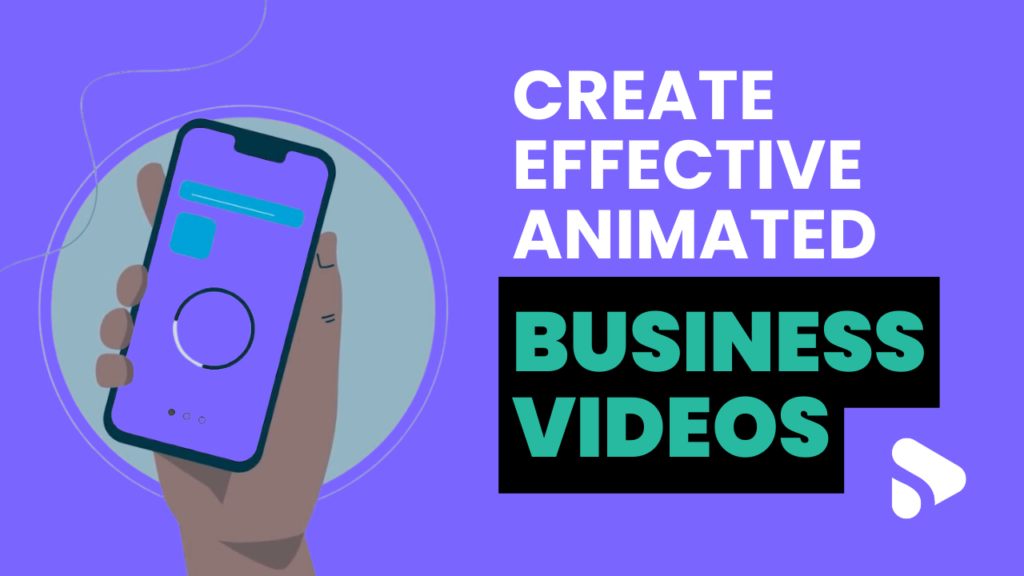If you’re weighing video production costs, then you already know – in 2019 and beyond, the question is no longer ‘why video?’, it’s ‘how?’; as in ‘how to?’, ‘how often?’, and the ever-crucial ‘how much?’. Answers will vary depending on your desired video production level (for example, a hero promotional video vs. a simple product demonstration), however not every video needs to be Hollywood-level.
With the rise of personal video on social media, marketing videos have shifted towards more ‘authentic’ look-and-feel content, as brands see audiences reject perfectly-polished messages. This lowering of the bar has made business videos more accessible and affordable, even for small brands looking to enter the market. And with technology platforms like Google and Facebook prioritising video in search results and news feeds, video’s content marketing benefits – from awareness through engagement and conversion – are more valuable than ever.
So, in this guide to video production costs, we’ll cover:
- Traditional pricing for video production, from pre-production to post-production
- Including video types, briefing, crew members, equipment, day rates, editing and more
- One of the primary alternatives, ‘do-it-yourself’ (a.k.a. DIY) video
- As well as its disadvantages
- And the compromise – solutions like Shootsta, which makes video not only cost-effective but also realistic to achieve, without sacrificing quality.
Traditional pricing for a professional video production
Professional video production is often associated with being expensive, and for good reason. Big-budget projects require not only the expertise of many, but also the equipment to manifest creative visions like Super Bowl ads or global marketing campaigns. But generally, such video production prices are reserved for complex projects. So what about everything else – smaller-scale videos like how-tos, interviews and demos? The reality is, this is where things can get a lot more vague.
Let’s look at a few video production pricing factors:
Pre-production
Video type
Typically, this is one of the biggest factors in a ballpark quote. If your video is a hero advertisement, the creative concept and execution must be strong enough to hook and keep viewers’ attention en masse. This will look pretty different to, for example, a screen-recorded video of a tech demo (and will be reflected in the price).
Planners
The pre-production process has two main components: planners and planning. When engaging a video production company, your planners may include a Producer (a video project and operations manager who coordinates the shoot, performing tasks like crew assembly, location scouting, travel arrangements and prop sourcing) / Director (responsible for conceptualising and executing the artistic vision, as well as tasks like storyboarding and scriptwriting) and team.
Planning
The Producer / Director and team then work with a client to formulate the project brief that details everything from video objective and target audience to key message and video specifications. Specs like video quality, delivery method, video length etc. inform a project’s scope. For example – longer videos require more footage, which in turn necessitates more of everything you need to shoot a video; this and its impact on crew day rates can skyrocket a video’s estimated price.
Production
Crew
We’ve mentioned the Producer and / or Director (and team of assistants), who shape pre-production and production stages, however crew members might also include:
- A Videographer or Cinematographer, or a Director of Photography (DP / DoP) and Camera Operator
- Licensed Drone Operators are specialist videographers, at extra cost
- Talent like Actors or Voiceover Artists
- Project complexity may or may not also require needing a Gaffer and Grip i.e. electrician and rigger for lighting
- Potentially even a Costume Designer or Set Dresser
Credits: Make a Video Hub
Time
Let’s talk about day rates. Generally speaking, your crew doesn’t just rock up to a shoot, do their thing and leave – they need to be briefed in pre-production so they can assess requirements and acquire the appropriate gear. As a result, these elements are often bundled into each crew member’s individual day rate. Where this gets tricky, is if a shoot doesn’t go according to plan e.g. weather or poor planning leading to additional day shoots (and you bearing the subsequent cost).
Equipment
As mentioned, gear is often bundled into videographer / cinematographer day rates for purchase, wear and tear, insurance etc., however if specialist high-end equipment is required for a shoot (think high-quality video camera, lighting kits, multi-channel audio), the need to rent or purchase will incur another line item for the video project.
Travel
Coordinated by a video Producer, travel expenses can quickly escalate if your shoot isn’t local. In this case, your Producer will need to make a call on how many crew members should go, and plan expenses like flights, accommodation and meals accordingly. Don’t forget any council permits for the use of public spaces.
Studio
Again, more for big-budget video, but hiring a studio will also incur a charge.
Post-production
Everything prior to this point is like assembling the ingredients for baking a cake – and post-production is when you bake it. As a result, this part of the process can include everything from Video Editors (who cut footage to craft a visual story that’s effective yet elegant), to specialised audio editing, visual effects like motion graphics design, and colour grading, at additional cost; as well as, of course, multiple rounds of client feedback and amendments. Editing can be time-consuming, and as such, can be another expensive step to finalising your video.
Estimated cost: $ 5,000-50,000+
So, there you have it. The cost of a video, which can realistically be anywhere along that 5-50k+ curve, depending on your brief and the decisions your Producer makes to successfully produce your project. As an example, think about your crew. Will a Videographer be enough, or will you need the full Director / First Assistant Director / Director of Photography / Lighting Director crew? It’s answers to questions like these that will determine your video project’s scope – and in turn, the final cost.
‘Do-it-yourself’ (DIY) video costs
Video, like photography, has become more accessible as prosumer markets grow with technological advances e.g. beginner DSLRs and high-megapixel smartphones. So if you want to go down the do-it-yourself video production route, it is achievable, provided you have the inclination, the equipment – and the skill set.
Here’s a list of basic DIY video gear:
- Camera (smartphone or DSLR): $ 300-10,000+
- Tripod: $ 25-500+
- LED light: $ 250+
- Mic (plus receiver and transmitter): $ 500-1,000+
- Headphones: $ 10-300+
- Editing software: $ 300+
Estimated cost: $ 1,385-12,350+
However, there are disadvantages to DIY video. Firstly – and we can’t stress this enough – you need to know what you’re doing. The quality of your footage, and in turn your final product, will be entirely dependent on the people doing the shooting and editing (not to mention planning); so if you’re not invested in upskilling team members, DIY probably isn’t for you. Secondly, quality is also somewhat dependent on gear. You can skimp on some things, but you never want to skimp on image or audio capture as they’re the foundation for everything else – what that looks like will depend on your individual content and budgets, but it’s a real factor to be aware of.


